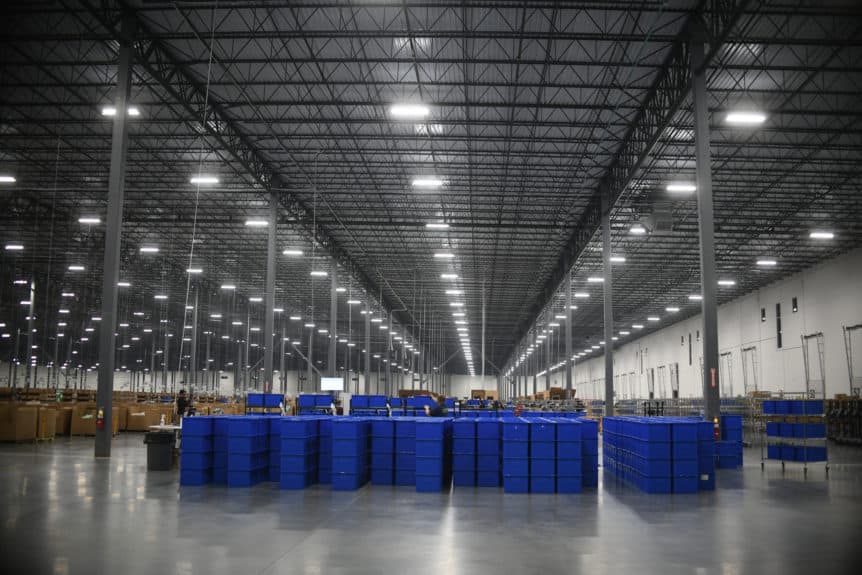Warehousing and logistics management is constantly evolving. Managing a warehouse in today’s climate can be a challenge. This landscape is driving change and revealing new trends and solutions to keep operations running at peak performance. As we near the end of Q1 2022, here are the top eight trends that continue to dominate the warehousing industry.
1. Labor Shortages Will Continue
One of the biggest trends that remains for the warehousing industry in 2022 is labor shortages. This has been a concern for warehousing professionals for several years now, and it does not look like it will be resolved anytime soon. According to a recent survey from Modern Shipper, a whopping 73% of warehouse operators can’t find enough labor. This is up from 26% in 2021.

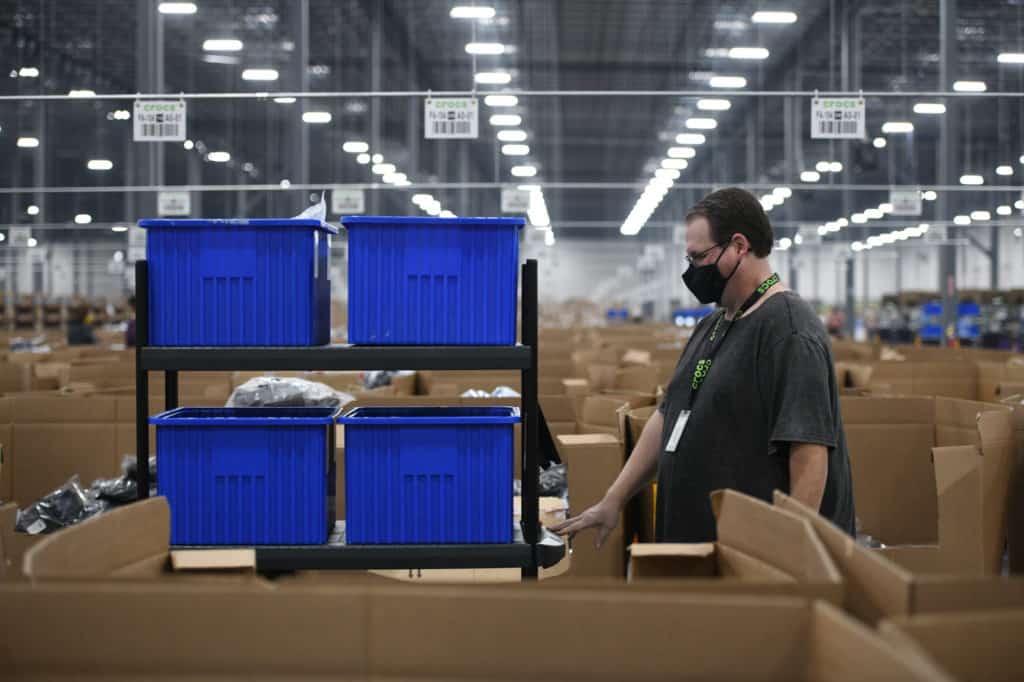
2. E-Commerce Will See More Growth
In 2021, e-commerce sales grew 14.2% over 2020, with more total retail sales shifting to e-commerce. With higher order volumes, expedited shipping and less hands on the floor, operations need help getting orders out the door. 6RS’ Guaranteed SLA feature enables you to introduce flexibility into your operation and reduce complications for floor managers without the risk of compromising important shipping dates.
3. The Rise of Robotics
Various forms of robotics have been used in warehouses for several years now, and the adoption rate is accelerating. AMRs have seen spectacular growth, from $0.99 B in 2017 to a forecast of $6.97 B in 2022, a CAGR of 47.6%. AMRs help by reducing unnecessary walking, increasing fulfillment speed, and enabling associates to get more done in less time.In traditional warehouses, employees can easily reach exhaustion from walking over ten miles per day. Chuck’s system-directed picking eliminates long walking distances and time spent searching for items. Once picking or replenishment is complete, Chuck autonomously travels to the next pick location and the associate follows without having to push a heavy pick cart.
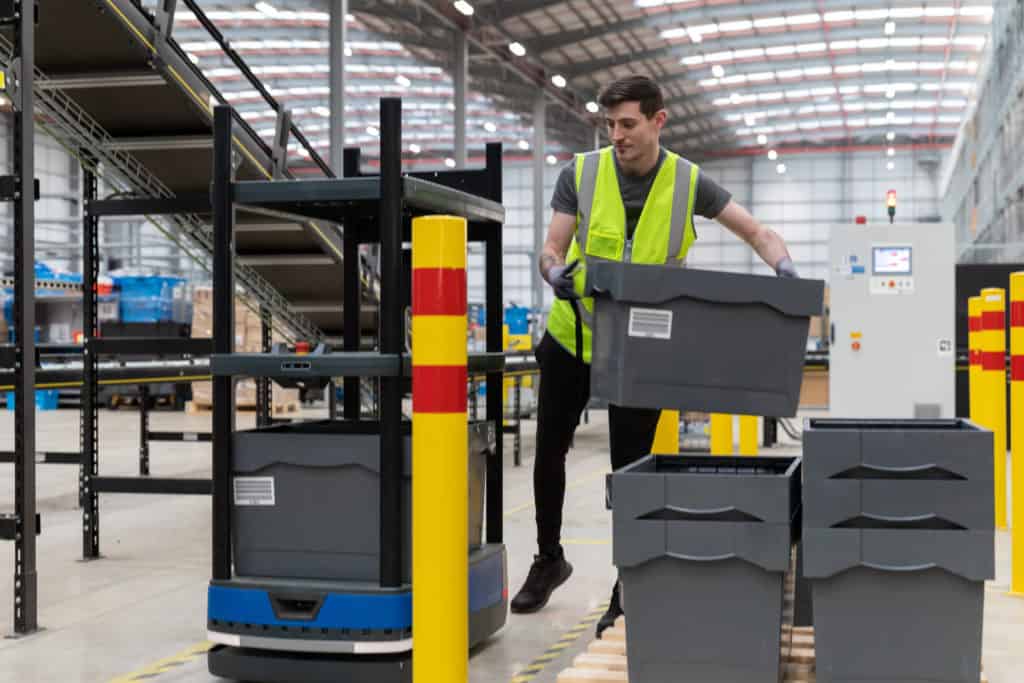
4. An Increasing Number of SKUs
Consumer expectations are driving a trend toward inventorying a larger number of SKUs. Warehouse managers worry if they don’t stock a slow-moving item, their customers will shift to a supplier who will. In addition, the pandemic-induced supply chain disruptions are causing a shift from striving for lean inventory to having extra items on hand, just in case. With shifting consumer behaviors and more SKUs on hand, there is a greater need for flexible and configurable fulfillment solutions that support mixed picking methods such as discrete, batch, cluster and zone. Whether you’re picking jeans or computer components, Chuck can be configured to pick and transport a variety of products.
5. Millennials Are Making Up a Larger Portion of the Workforce
Born between 1981 and 1996, millennials are rising into leadership positions in warehouses as the previous generation retires. Millennials grew up with the internet and smartphones, and they have different expectations than their predecessors. A 2020 Gallup poll indicated that, above all, millennials want an employer that cares about their well-being. In addition to more work-life balance, this new generation of leaders wants more purposeful work.Many warehouse tasks are dirty, dull, and potentially dangerous. Because the 6RS solution reduces the long walk and manual strain part of picking, associates are safer by reducing the risk of workplace injury allowing them to focus on value-added work. An element of gamification comes with a fulfillment automation solution. By creating some friendly competition through a daily picking competition, associates of all ages will be motivated to push the envelope if they have incentive.
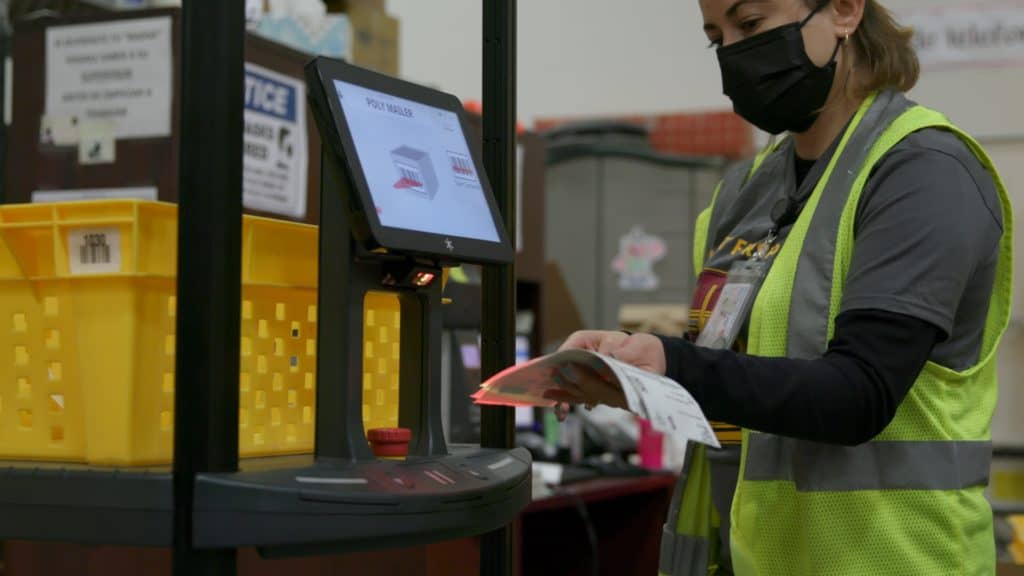
6. Returns Handling and Replenishment Are Becoming Increasingly Important
Online sales are increasing, which in turn means product returns are on the rise. Under the best conditions, reverse logistics can be a complicated process. Every minute a returned product sits waiting to be received back in inventory, it loses value. With our Returns Putaway capability, it’s easier to get returns back on the shelves to maximize warehouse space and profitability. Processing replenishment should also be a top priority to keep inventory stocked. To avoid short picks, establish a replenishment process so products aren’t left at the dock door and orders can be filled correctly.
7. Risk Management is a Focus
The COVID-19 pandemic suddenly made warehouse operators aware just how vulnerable they were to unforeseen disruptions. Enormous difficulties in staffing, employee safety, and supply chain delays became the order of the day. As a result, risk management has risen in prominence. Risk management seeks to take preemptive action to minimize disruption to operations such as delays, product damage, and threats to employee safety. Then there is the question of economic shocks – and, of course – diseases. Despite labor shortages and unpredictable demand, operations need to fulfill orders quickly and correctly to meet delivery expectations. 6RS AMRs provide a system-directed approach which reduces risk and human error. By navigating the shortest path throughout the warehouse, employees are more productive pick to pick.
8. Omnichannel Fulfillment – Consumers Want It
The rise of e-commerce along with a global pandemic led to all kinds of new shopping habits over the last few years. We saw some customers shifting to buying online and picking up in store (BOPIS), with curbside pickup as an added bonus. Some in-store customers went online to look for deals and have products delivered to their homes or to order a different color or size from another store. Others expected the option to buy online and return in store. As we see e-commerce starting to slow, in-store shopping is seeing growth again with an increase of 8.2% in 2021 over the previous year.
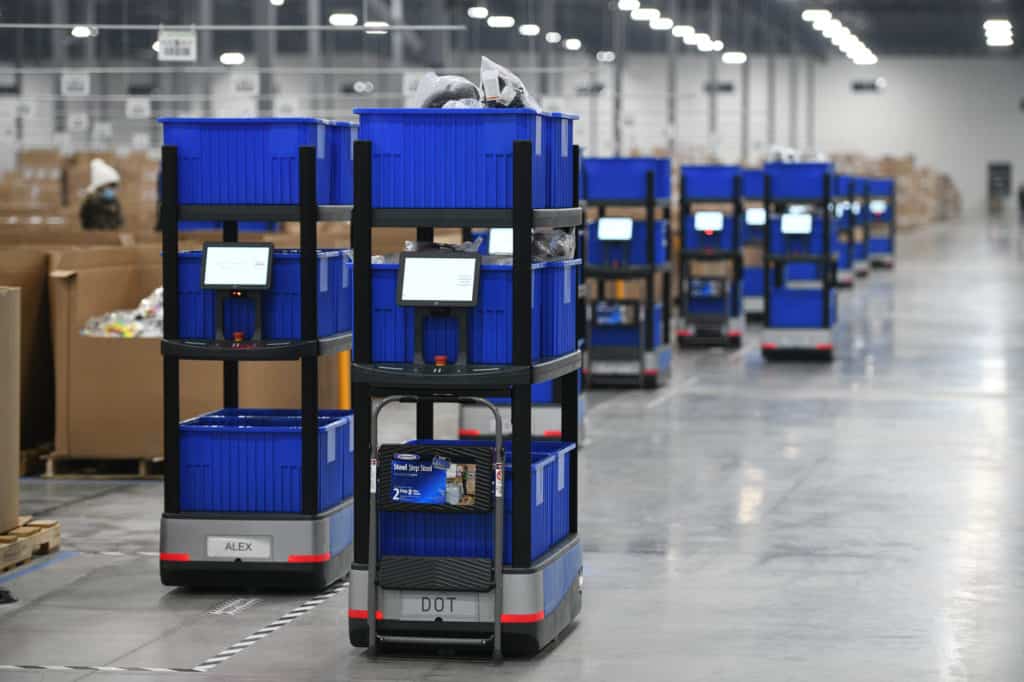
As consumers demand more ways to shop, retailers are transforming their warehouses and expanding into dark stores or pop-up warehouses to accommodate omnichannel order fulfillment. With the shift from picking full cases and pallets to picking eaches for direct to consumer (D2C), warehouse managers need to equip their facilities and adjust their picking strategies accordingly. Ensuring inventory visibility across the entire organization will be the key to success for omnichannel fulfillment.
The Outlook
As we approach Q2 2022, it’s fair to say labor shortages will continue and supply chain disruptions will still be unpredictable. No matter what happens, versatility and risk mitigation should be top of mind for operations/warehouse managers. With a flexible fulfillment solution, you’ll be able to flex the labor you do have, increase productivity to accommodate shifting demand and support omnichannel fulfillment.
Ready to tackle your top fulfillment challenges? Set up some time to share your supply chain priorities and learn how 6 River Systems and Chuck can help your operations run more efficiently.
